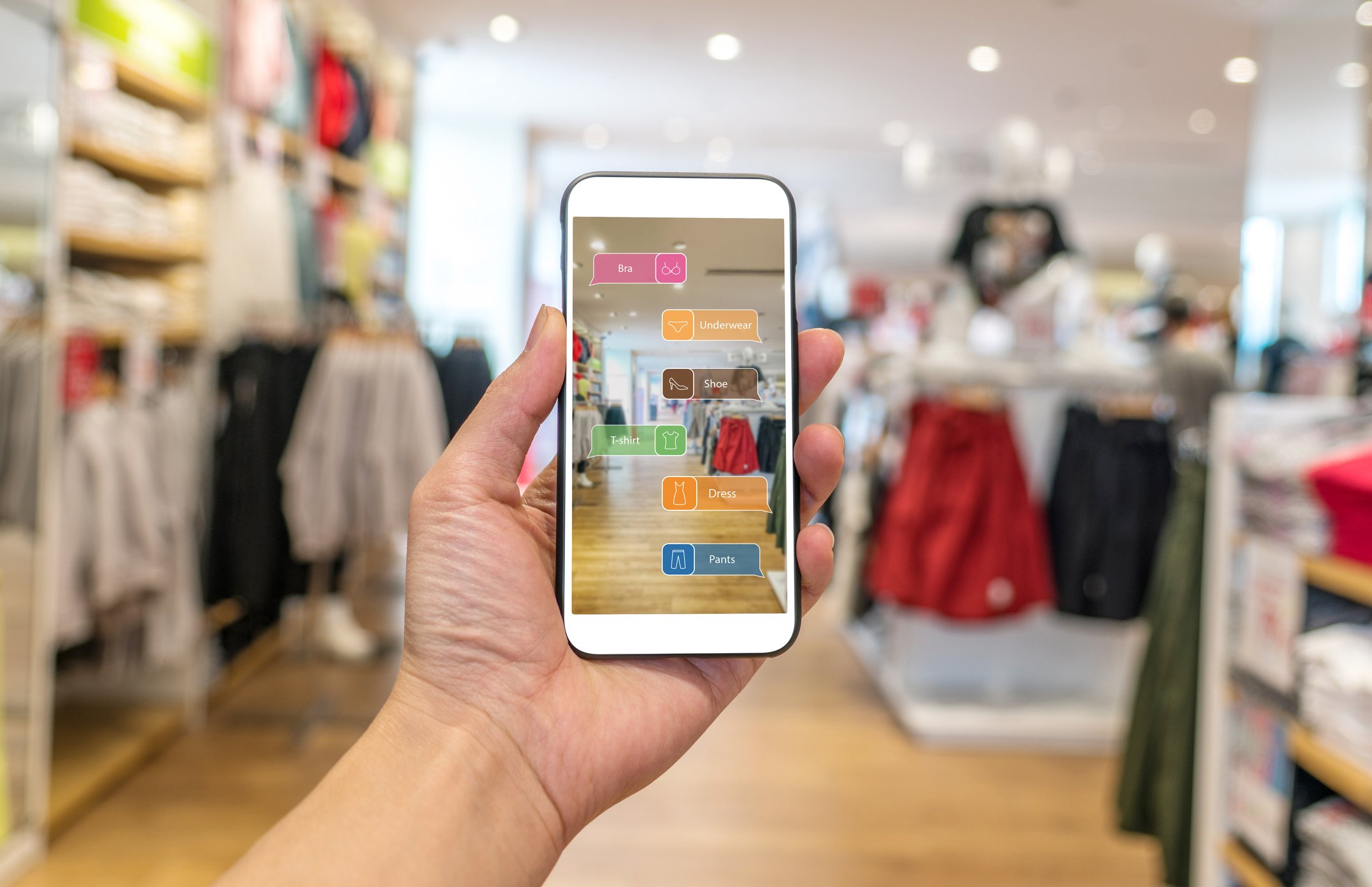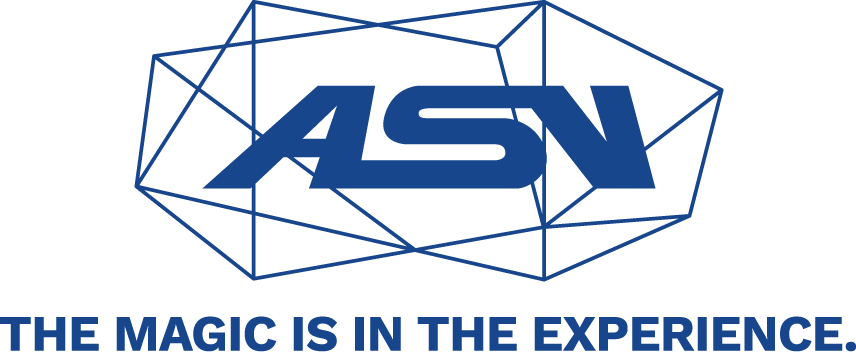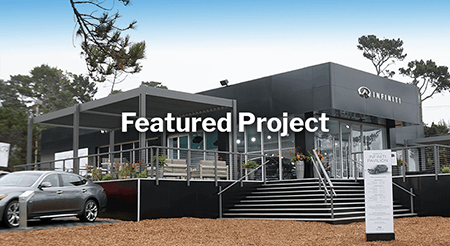Using AR Experience Data to Elevate Future Event Strategies
Augmented reality-powered event experiences not only create unforgettable events in real time but also generate valuable attendee data. This experiential marketing data from customer interactions with AR can be collated and analyzed to produce robust insights for future marketing and event strategies.

Augmented Reality Experiential Marketing: Today’s Event Experience
Threekit estimates there will be 1.4 billion AR device users by the end of 2023. AR is here, and it can ensure an engaging, cutting-edge, immersive, and entertaining experience for event attendees. In fact, AR product experiences can be 200% more engaging than conventional experiences, according to Threekit. AR provides unique opportunities for attendees to engage and interact with brands. It can introduce gaming elements, enable virtual tours, and demonstrate products in action.
For instance, consider the automobile brand Lexus. Lexus introduced two AR activities at a brand promotion event during the U.S. Open. The first one utilized a camera to digitally trace the path of a ball during a putting exercise, tracking the route with AR and providing digital feedback to the participant. The second activation followed the speed and trajectory of a struck ball to assess distance and accuracy for a hole-in-one challenge. Both activities generated significant buzz for Lexus, prompting it to utilize AR technology for future events. Lexus also took advantage of the data gathered during these activations to develop better marketing strategies for the future.
AR experiences capture attendees’ attention, help brands stand out from competing exhibitors, increase participation and engagement, and interactively provide product information. They can personalize user journeys, enhance demonstrations, and capture vital experiential marketing data.
How to Harness Data in Sports and Event Marketing
The benefits of a data-driven culture and data-led decision-making are clear. Accurate insights foster a better understanding of clients and consumers, enhance targeting capabilities, and provide the necessary information to quickly adjust product and service iterations for a competitive advantage.
But how do we harness that data in sports and event marketing? Traditional event insights typically cover basic information like date, location, and attendance, with the possibility of tracking engagement at a booth or collecting leads if a brand ambassador is available. An immersive experience powered by AR technology can engage an attendee more deeply and hold their attention longer. This provides an opportunity to A/B test product versions and learn preferences over time. For example, an automotive manufacturer can provide 360-degree experiences of prototype models, allowing users to choose their favorites, at a much more cost-effective rate than actual prototypes.
Approaching Augmented Reality Data Analytics and Insights
Let’s delve deeper into the example of a 360-degree prototype vehicle experience to understand how marketers can extract insights from collected data. In this scenario, user preferences can be recorded, and attendees can also complete a quick 60-second registration. This registration gathers personal information that marketers can later use for targeted follow-up campaigns.
Imagine the impact of transitioning a prototype into a final product, all while keeping the hundreds or thousands of potential customers who favored the prototype updated on its progress. But there’s more: These individuals can then be invited back to the final launch event to place their orders. The principle draws on a better understanding of consumer preferences, targeted advertising, and re-marketing. It applies to large and small products and services.
AR experiences don’t always have to look like a 360-vehicle prototype. Wearables, watches, gaming devices, and headsets are also great options — all can initiate immersive visual experiences and collect valuable snippets of data for invaluable marketing insights.
The benefits? Technology-enabled data collection is fast and accurate; analysis is more immediate; and augmented reality data analytics can segment groups by preference, location, persona, and more to facilitate robust AI-based predictions.
Making the Most of Experiential Marketing Data
We know augmented reality in experiential marketing events can be a potent tool to increase brand visibility, connect with customers, determine real-time preferences, and ultimately drive sales. But how can you maximize this opportunity to collect, analyze, and use this data? Here’s what to do before designing your AR experience and campaign:
- Determine goals and objectives.
- Identify engagement metrics (e.g., data collected, time spent, feedback rating, post-event engagement, social media sharing, or endorsement).
- Choose an analytics package or dashboard to generate your needed insights.
- Partner with an experiential event services specialist for expert support.






